Phonolithikum (2007)
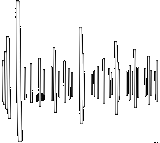
Phonolithikum was commissioned by the «pèlerinages» art festival Weimar 2007. It is a multimedial production with music by Hanns Holger Rutz and choreography by Constance Lüttich, forming a dance piece situated in a special stage created by Chris Ziegler: His «Forest 2» is a field of sixty neon bulbs that can be algorithmically controlled in brightness. Video tracking cameras determine position and velocity of the dancers within this field of light. The sensorial data is used to control the light and sound composition.
The music is composed for ten channels—eight speakers surrounding the stage and audience, two speakers mounted above the stage. Music and choreography were developed in a four week workshop, resulting in a piece of approximately twenty minutes duration, comprised of four sections entitled «Magma», «Primeval Ooze», «Communication», and «Fear».
Concept
The underlying metaphor for the piece is the geological rock cycle: stages of liquid magma, magmatic, sedimentary and metamorphic rocks alternate. Paradoxically, stones to us appear as something eternal or at least very enduring, resulting in the use of stone as building material in architecture (“lithified music”) and sculpture, as item of collection and souvenir, or even as fetish or remedy. However, on a timescale that is far beyond anthropometrics, rock is in continuous alteration: processes of erosion, diagenesis (compaction), modification of crystal lattice through pressure and temperature, of melting and consolidation take place. The base elements of the piece are the qualities of rock (magma, sediment, etc.) and the processes of their transformation (melting, compaction, etc.).
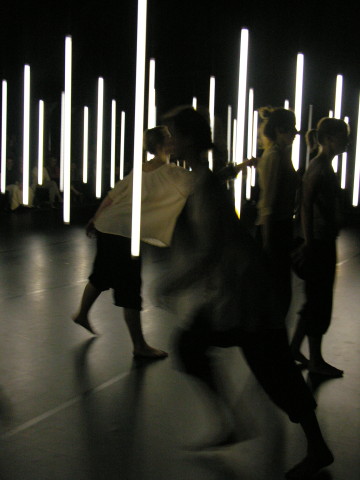
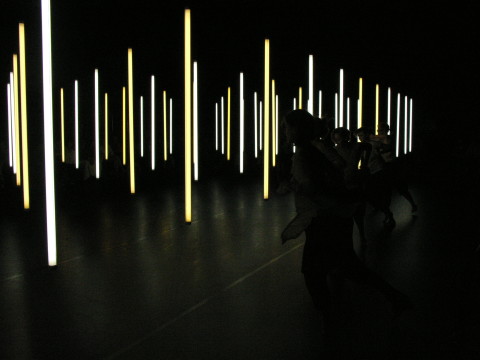
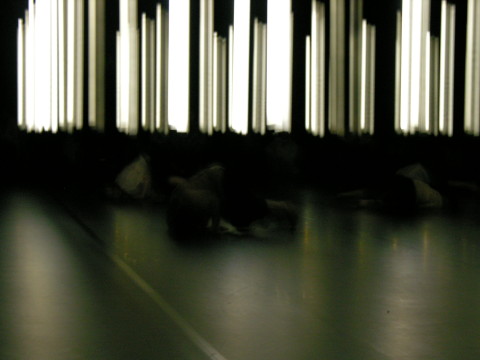
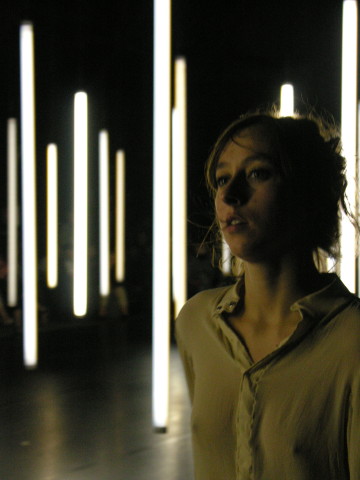
Music
The title «Phonolithikum» alludes to the archaic link between stone and sound, for example in the brahman cosmogony where matter evolved out of the gradual fading away of a primal tone which is still encapsulated inside the material. The phonolith (“sounding stone”) is regarded as the oldest of this material, it is volcanic and has a bright metallic sound. Part of the sounds employed in the piece was taken from the Lithophone of Gottfried Hellmundth who kindly allowed me to make recordings of his unique instrument.
Apart from the Lithophone which is used in the third section «Communication» and which represents human / culture and artificiality, all other sounds come from microphone recordings of real stones—representing physicality and the raw state of nature. The amount of spectral colours and the possible ways of articulation are immense in the case of stones, and they form a red thread throughout my electroacoustic work.
Of all the elements of the rock cycle, erosion and sedimentation to me seem the most important ones. My way of working with sound can be seen as applying and carrying off layers, in the manner of an “inverse archeology”, burying and submerging things and not just unhinging them.
An important parameter in the composition is the spatial configuration with the aid of the ten speakers. The space that is spanned by the speakers is not so much seen here as an air-volume in which point-shaped sound objects swing forth and back, but rather as an extended sound-body, that is at the same time coherent and perspectively broken, a superdimensional object that vibrates in its entireness. The idea of such a cubist / surrealist space was first elaborated in «Ichneumon» (2004).
Dance
On stage there are six (in the last section two) female dancers who move in all possible configurations, beginning from a magmatic, viscous mass rolling under the neon bulbs, passing by a duet and trio, arriving at a trituration into singular characters. The four sections are known as «Magma», «Primeval Ooze», «Communication», and «Fear».
Four main aspects define the choreography: 1. the source, the elementary force and impulse, signified by the magma. 2. materialization – matter – coming from the etymological root of mater (mother). 3. possibilities of form. form can refer to gestalt, structure or performance. 4. options of connectivity, that is reference to the entire cycle into which everything is embedded.
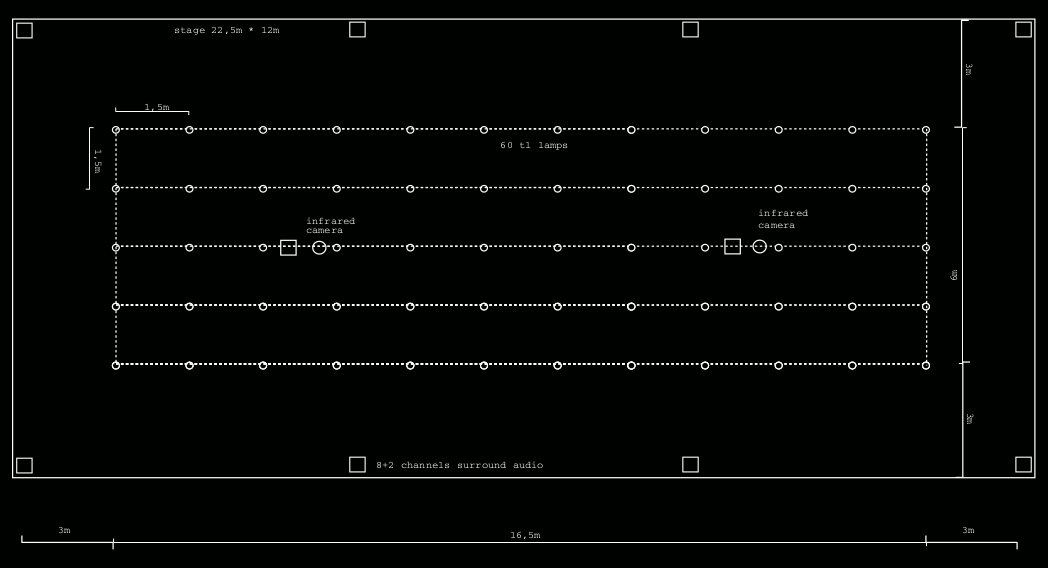
Interactivity
The usage of interactivity due to the processing of the video tracking data is twofold: Since the choreography and the music were developed in situ, the motion trajectories of the dancers are stored as OSC data along with rehearsal video recordings to reproduce the situation in the studio, and to develop realtime sound control. In the final piece, the interactivity connects to certain aspects of the music: In the first section, the “motion energy” of the rolling bodies distorts and modulates a layer of sound. In the second section, the bodies trigger elementary phrases of rolling stones and finally control the granulation of rocks. In the last section, again the motion energy is coupled with a kind of distortion, but it also exerts influence on the spatial orientation of some sounds.
Phonolithikum - Kommunikation (ambisonics-to-binaural mix, use headphones)
Phonolithikum - Magma (stereo mix, use headphones)
Futher Media
Video Trailer ‘Forest’ (part 2 is Phonolithikum).